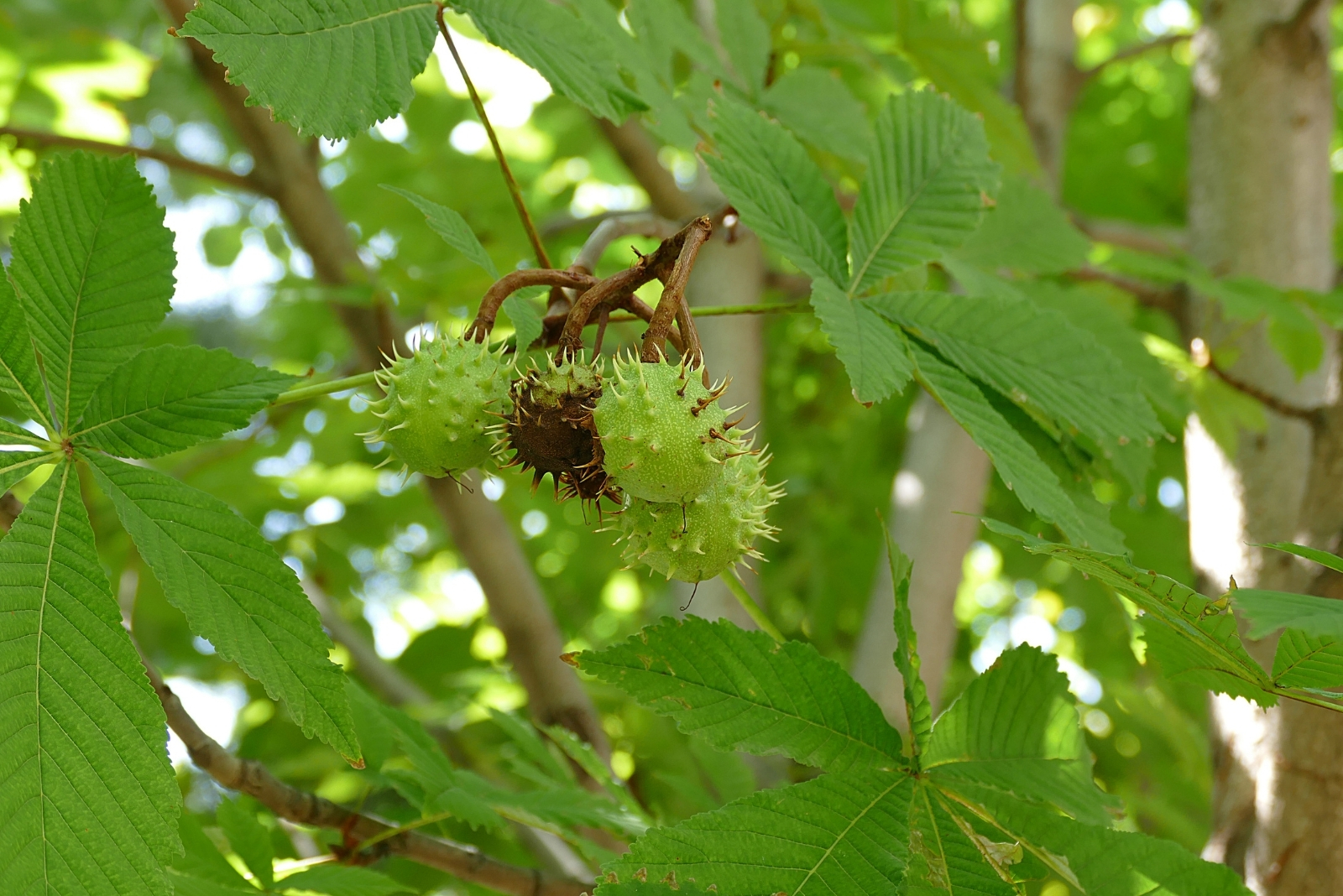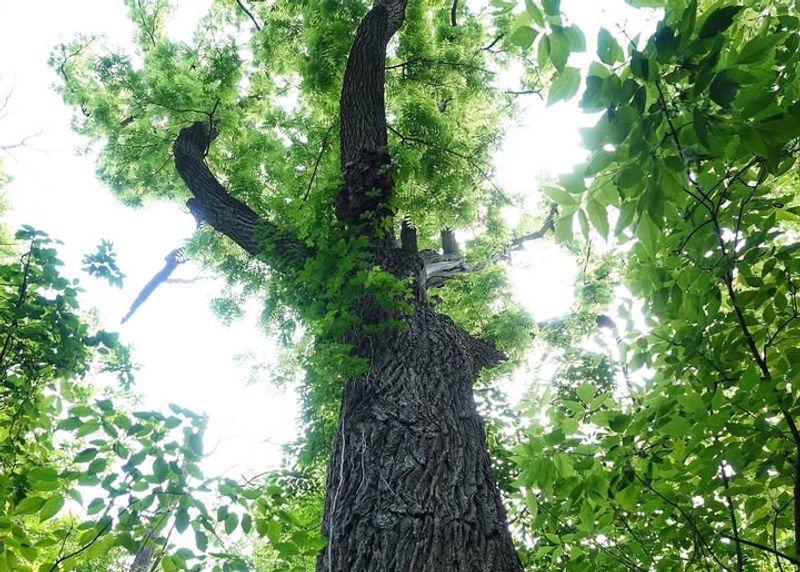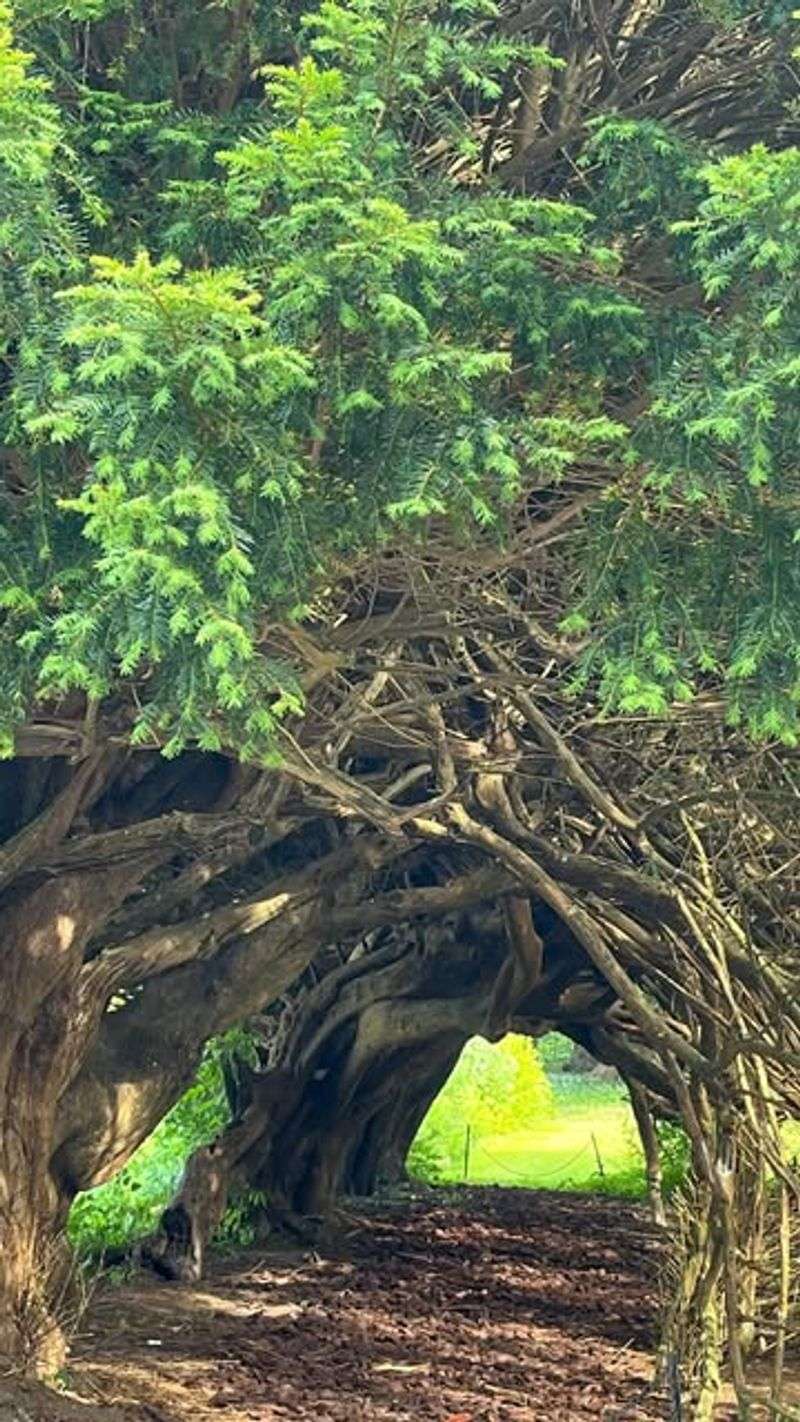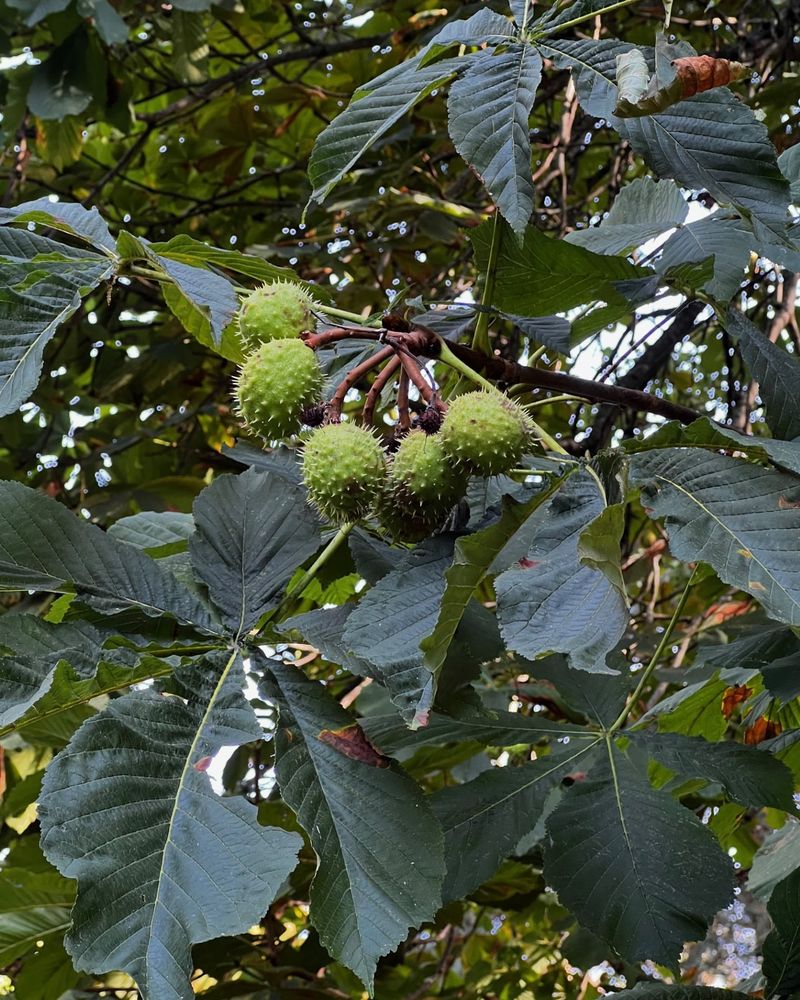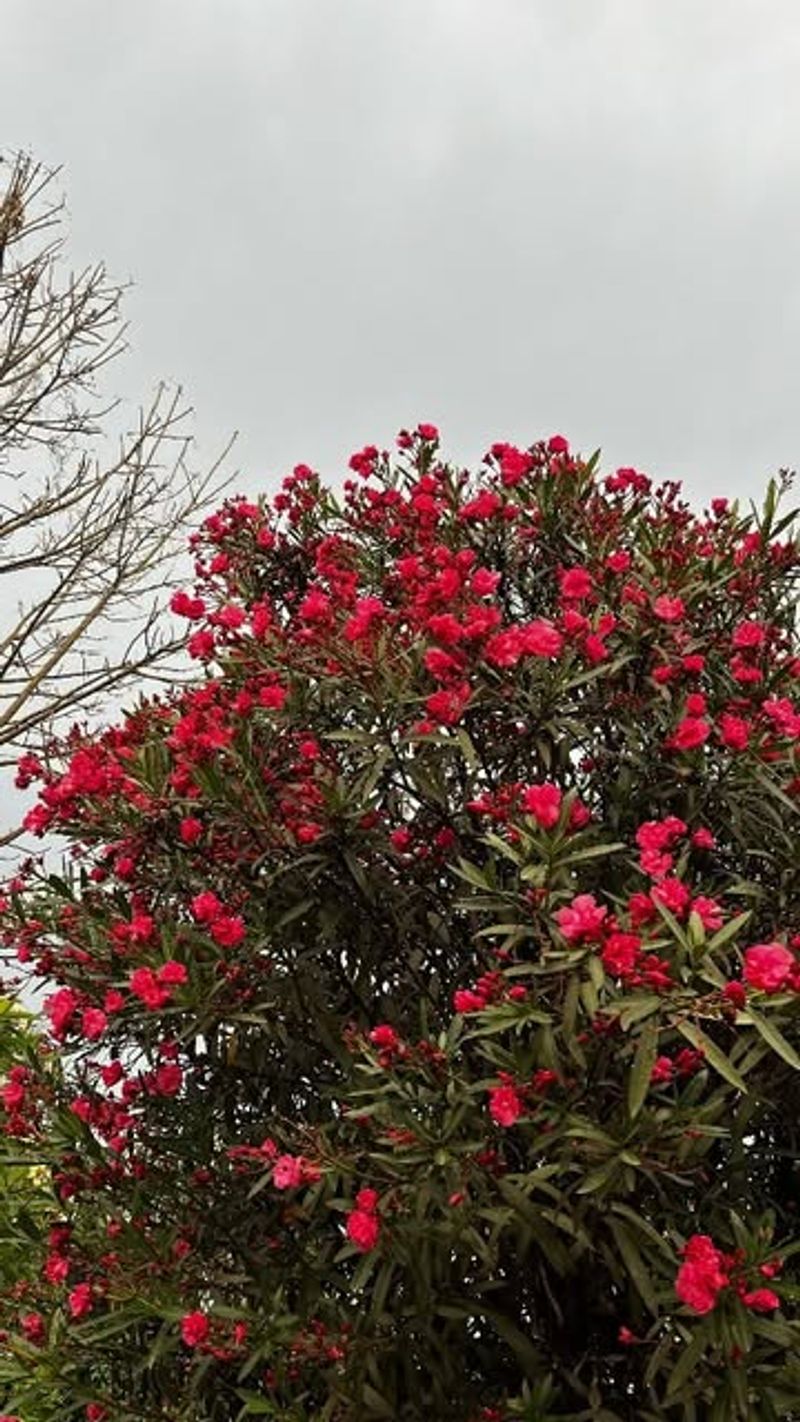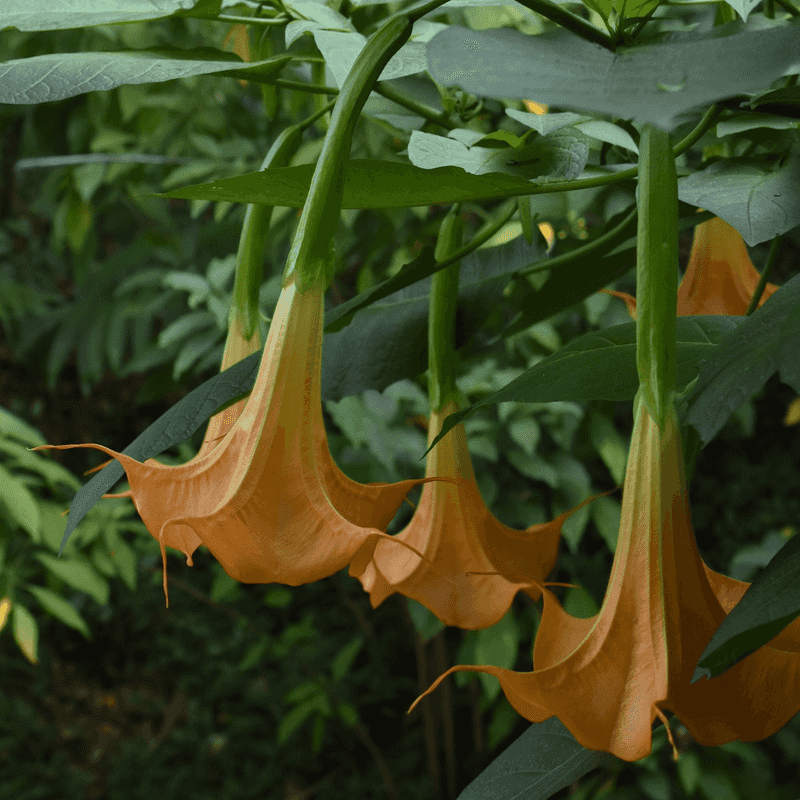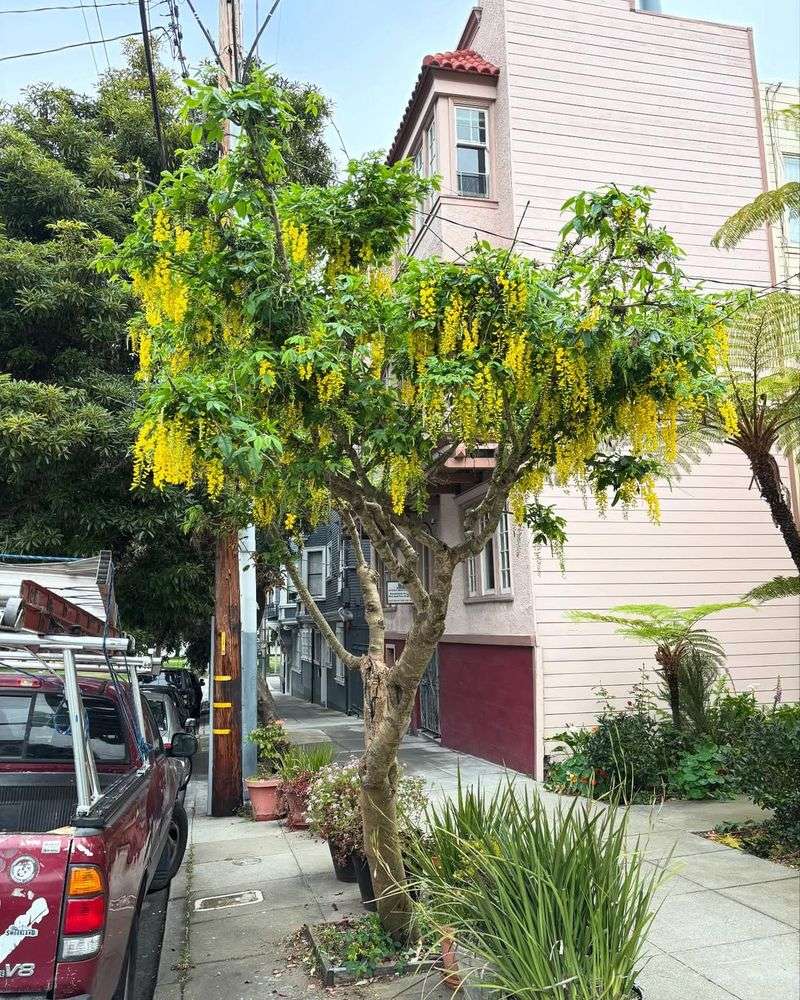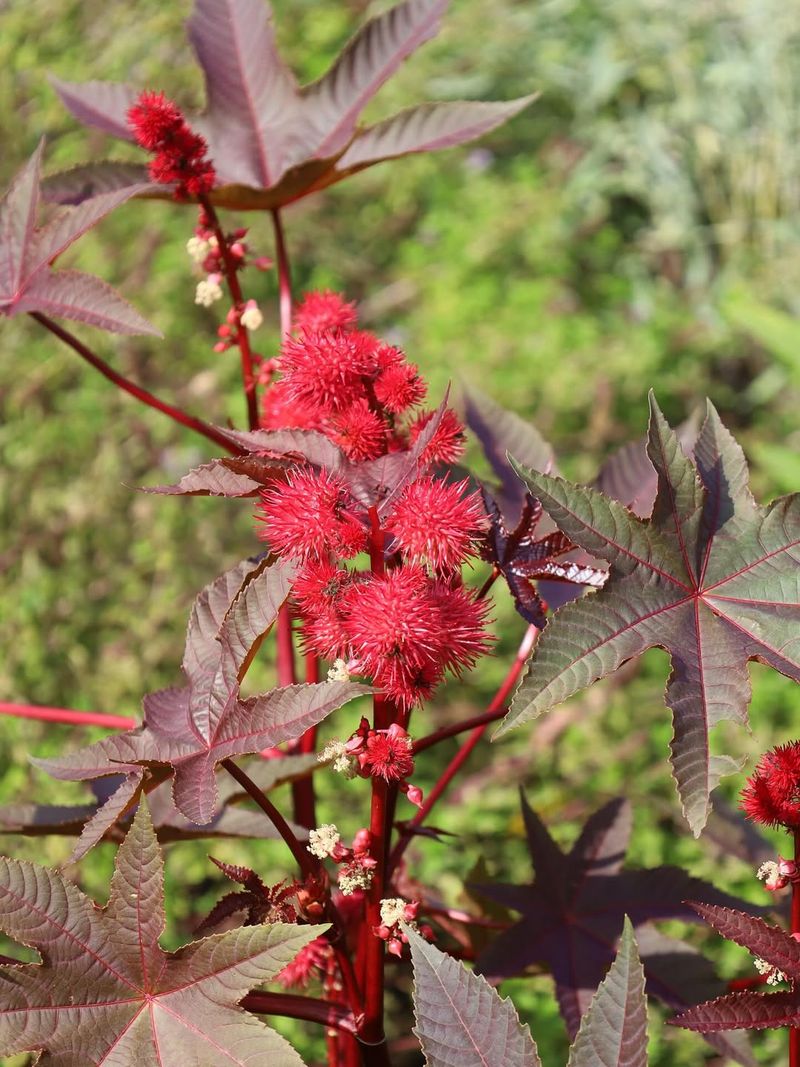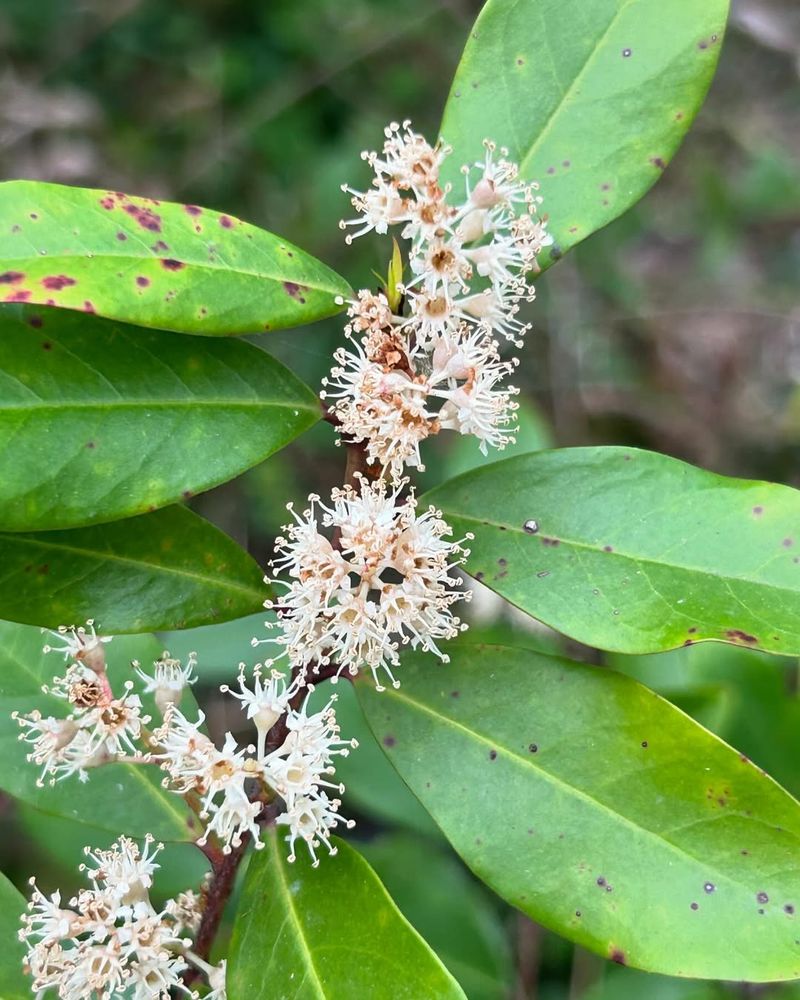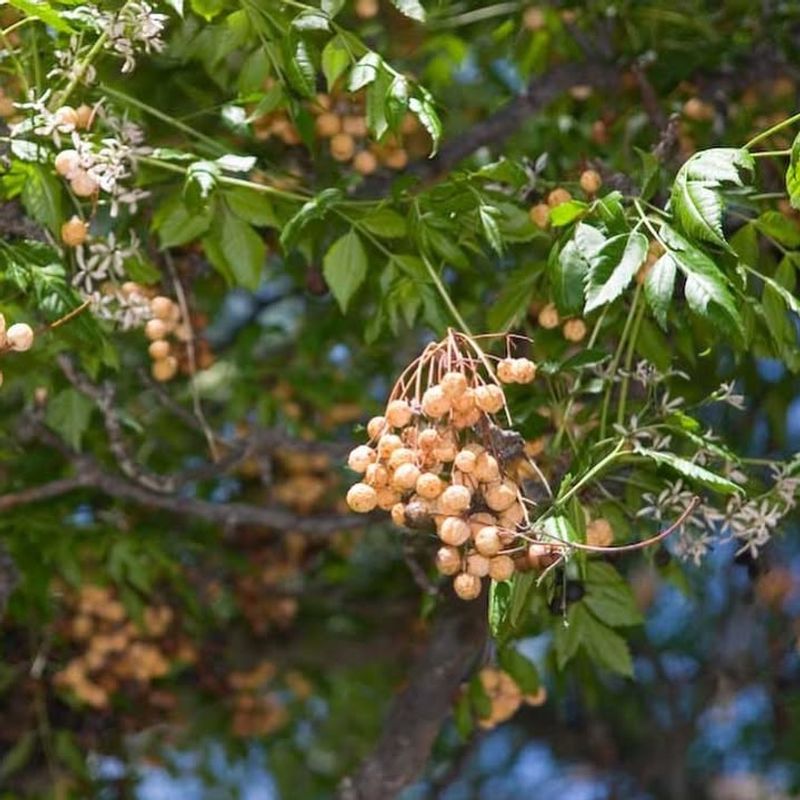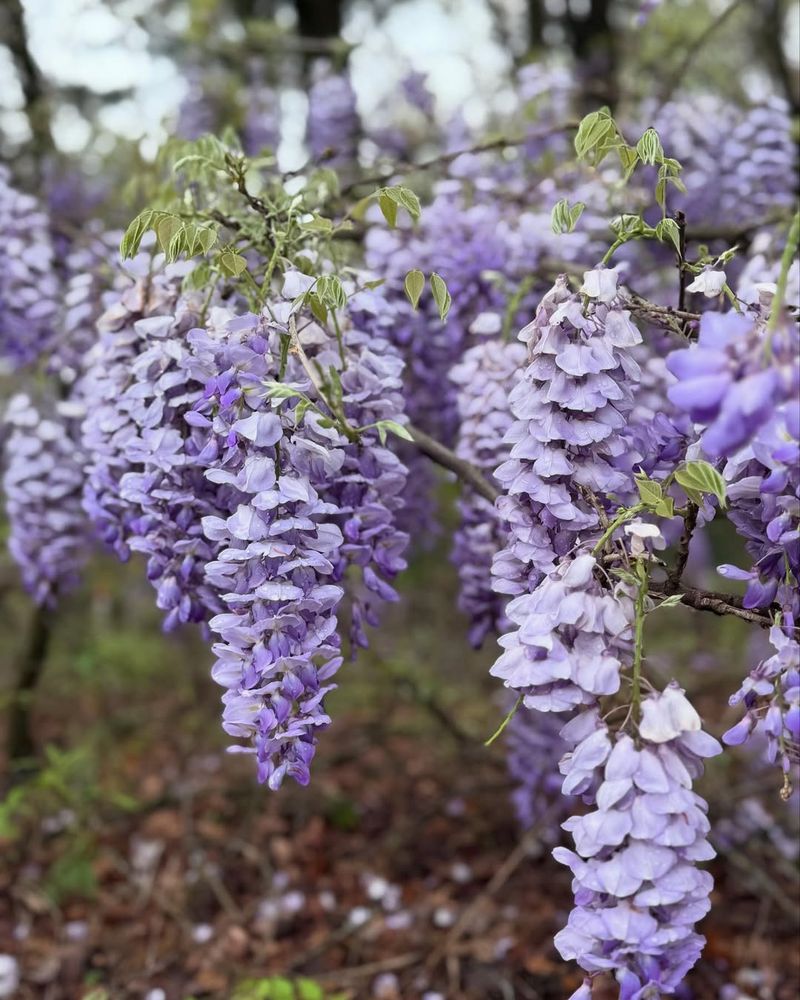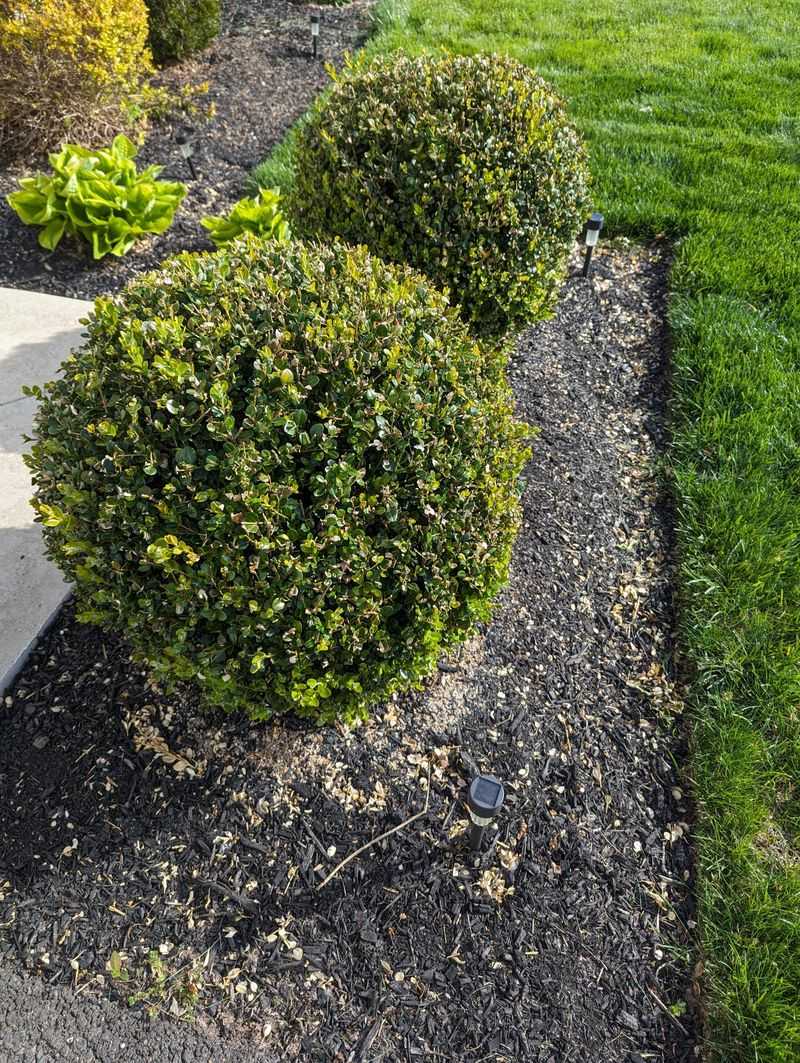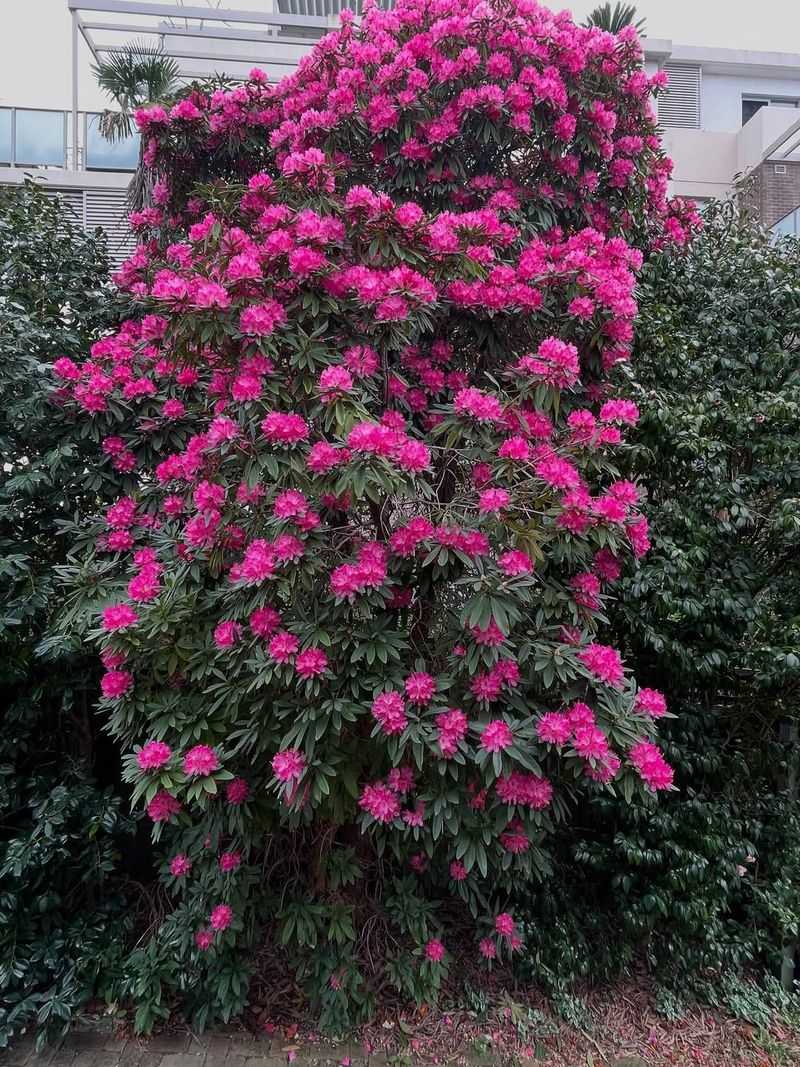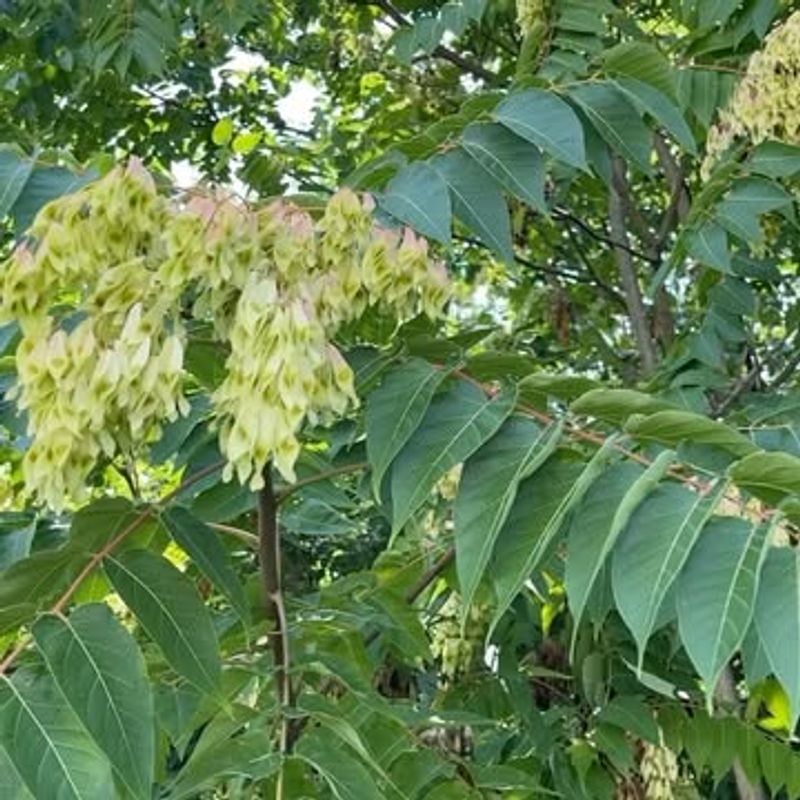Connecticut yards can be lovely, but planting the wrong trees can lead to safety issues. Some trees carry toxins harmful to people, pets, and other plants.
Avoiding these helps keep your yard safe and thriving. Here are 13 toxic trees Connecticut gardeners should skip.
1. Black Walnut
Ever wonder why nothing grows under these giants? Black walnut trees release juglone, a chemical toxic to many plants and some animals.
Connecticut gardeners often discover this tree’s secret weapon too late when prized garden plants mysteriously wither nearby. The nuts and roots contain the highest concentration of toxins.
2. Yew
Those bright red berries might look tempting, but don’t be fooled! Nearly every part of the yew contains taxine alkaloids that can cause sudden death if ingested.
Many Connecticut emergency rooms have treated cases of yew poisoning, especially involving children or pets. The needles remain toxic even when dried, making this evergreen a year-round threat.
3. Horse Chestnut
Looking deceptively like edible chestnuts, these seeds contain aesculin, a dangerous toxin that can cause vomiting, paralysis, and even death when consumed. The leaves and flowers aren’t safe either.
Across Connecticut, horse chestnut trees drop their poisonous bounty each fall, creating hazards for curious children and animals. Despite their danger, they remain popular for their showy spring flowers.
4. Oleander
Behind those gorgeous flowers lurks a deadly secret – just one leaf contains enough toxins to harm a child severely. All parts of this plant contain cardiac glycosides that disrupt heart rhythm.
While less common in Connecticut’s climate, some gardeners still attempt to grow oleander as a container plant. Even burning oleander releases toxic smoke that can cause respiratory problems.
5. Angel’s Trumpet
Those heavenly hanging blooms hide a hellish secret – every part contains hallucinogenic alkaloids that can cause severe poisoning or death. The fragrance alone can cause headaches in sensitive individuals.
In Connecticut’s growing season, these dramatic plants sometimes appear in garden centers without proper warning labels. Children attracted to the trumpet-shaped flowers are at particular risk.
6. Golden Chain Tree
Those cascading yellow flowers create a stunning spring display, but they harbor cytisine, a nicotine-like compound that’s particularly dangerous to children. Just a few seed pods can cause serious poisoning.
Connecticut landscapers sometimes recommend this tree without mentioning its toxic properties. The poison affects the nervous system and can cause breathing difficulties, convulsions, and coma.
7. Castor Bean
Hiding in those spiny seedpods is ricin, one of the world’s most potent plant toxins. Just one seed can be fatal to a child if chewed and swallowed.
Some Connecticut gardeners grow this tropical-looking plant for its dramatic foliage, unaware of the danger. The CDC actually classifies ricin as a potential bioterrorism agent due to its extreme toxicity.
8. Cherry Laurel
Don’t let those innocent white flowers fool you – the leaves, bark and seeds contain compounds that release cyanide when crushed or chewed. Wilted leaves become even more dangerous as the toxin concentrates.
Connecticut homeowners often plant cherry laurel as a privacy hedge without realizing the risk. Birds can safely eat the berries, but children and pets should be kept away from all parts of this plant.
9. Chinaberry
Those yellowish berries might look like tiny fruits, but they contain neurotoxins and stomach irritants that can cause serious illness or death. Birds spread the seeds widely, making this tree an invasive threat.
Though less common in Connecticut’s climate, some specialty nurseries still sell this toxic ornamental. All parts contain toxins, but the berries pose the greatest risk to curious children.
10. Chinese Wisteria
Those gorgeous purple cascades hide a secret – the seed pods and seeds contain wisterin glycoside, which can cause severe gastroenteritis if eaten. Two seeds can poison a child.
Connecticut garden centers rarely mention the toxic properties when selling this popular vine. The aggressive growth can also damage structures and strangle nearby trees, making it a double threat.
11. Boxwood
Popular for hedges, these evergreens contain steroidal alkaloids that can cause vomiting, diarrhea, breathing difficulties, and seizures if ingested. The oils can also trigger skin reactions in sensitive individuals.
Many Connecticut colonial-style homes feature boxwood in formal gardens, continuing a tradition that predates toxicity awareness. The clippings are particularly dangerous to pets, especially horses.
12. Rhododendron
Those spectacular flowers belie the danger – all parts contain grayanotoxins that can cause vomiting, low blood pressure, and potentially fatal heart problems. Even honey made from the nectar can be toxic.
Connecticut’s acidic soil provides perfect growing conditions for these toxic beauties. Just a few leaves can poison a small child or pet, with symptoms appearing within hours of ingestion.
13. Tree of Heaven
Despite its heavenly name, this invasive tree produces toxins that can cause heart problems and dermatitis. The roots release chemicals that prevent other plants from growing nearby.
In Connecticut’s urban areas, this aggressive tree often sprouts in neglected spaces. All parts give off a distinctive unpleasant odor when crushed, earning it the nickname “stink tree” among frustrated gardeners.

